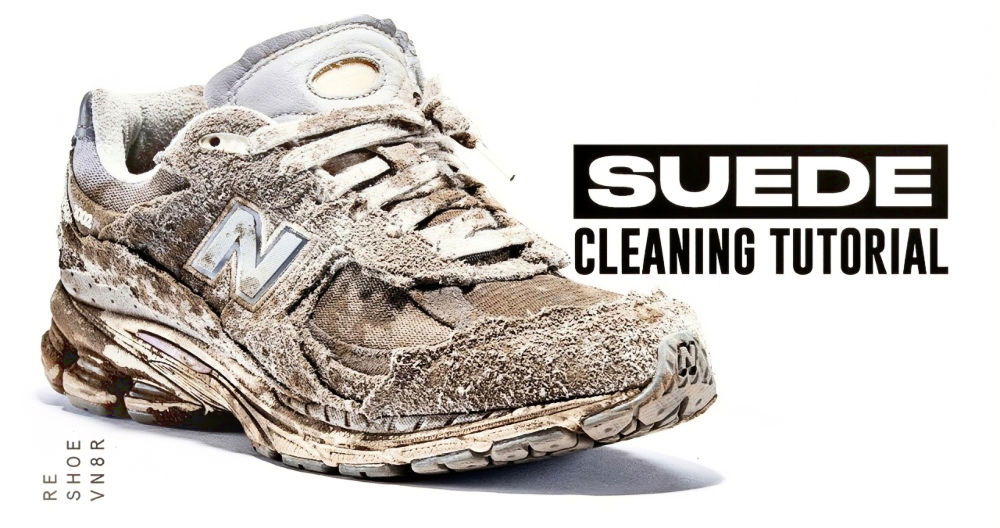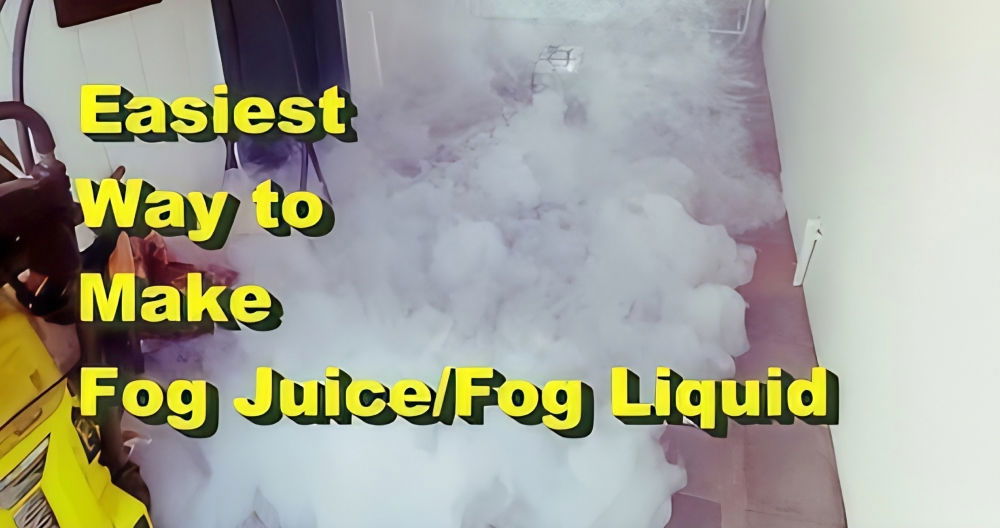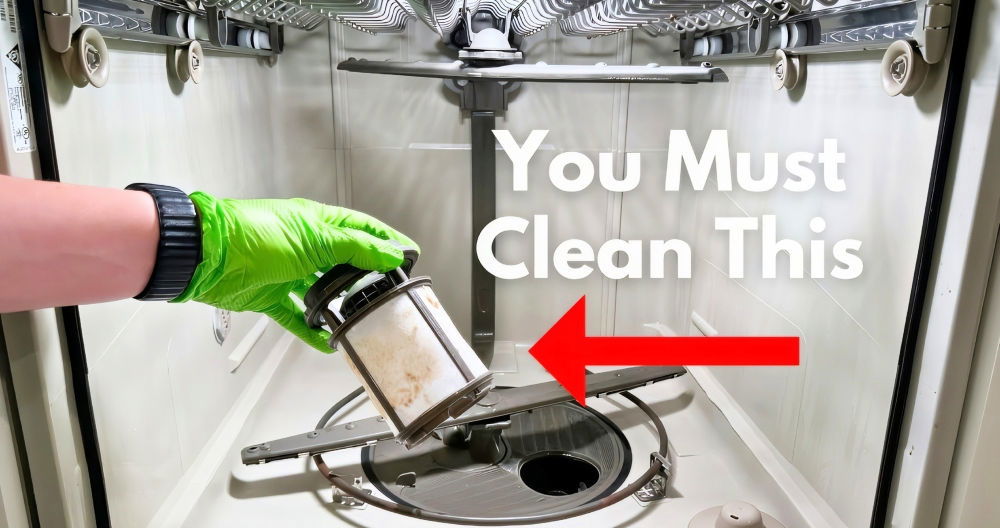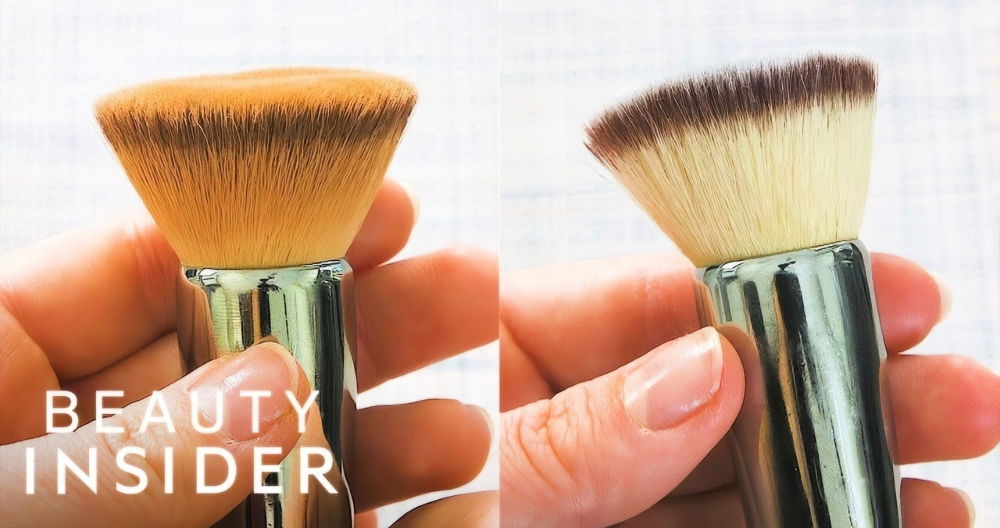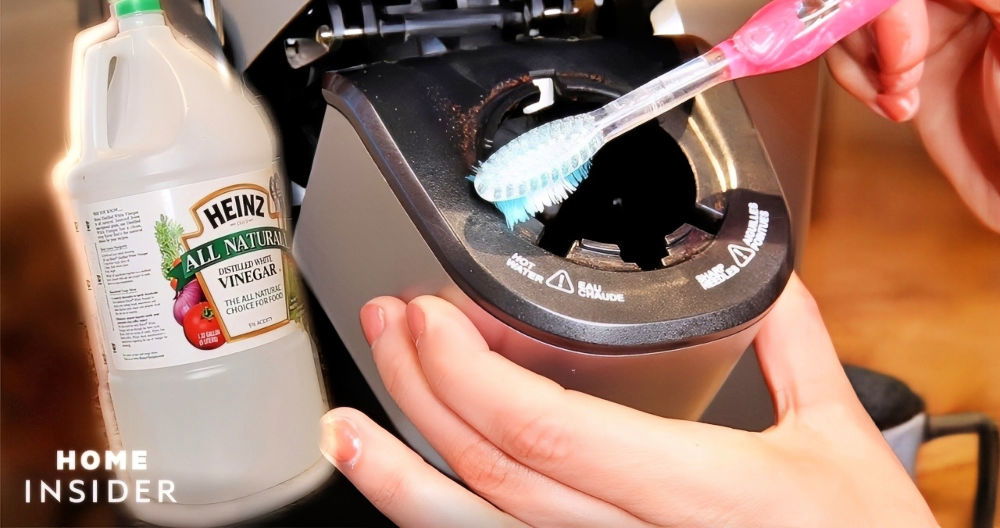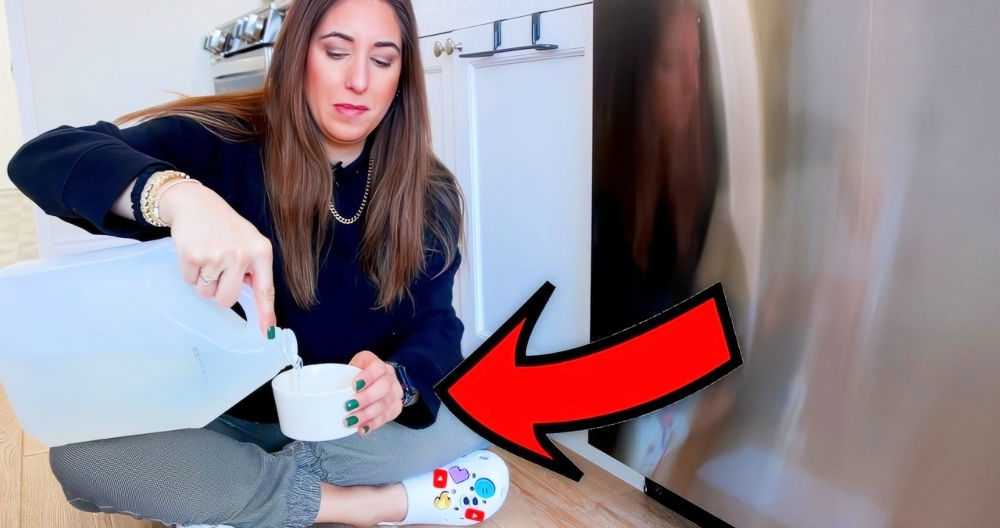I never realized how much a clean washing machine could make a difference until I noticed my clothes weren't smelling fresh anymore. Curious, I checked inside the machine and found grime and residue built up over time. Surprised, I decided to learn how to clean a washing machine properly. It turned out that regular maintenance is key to keeping clothes fresh and the machine running efficiently.
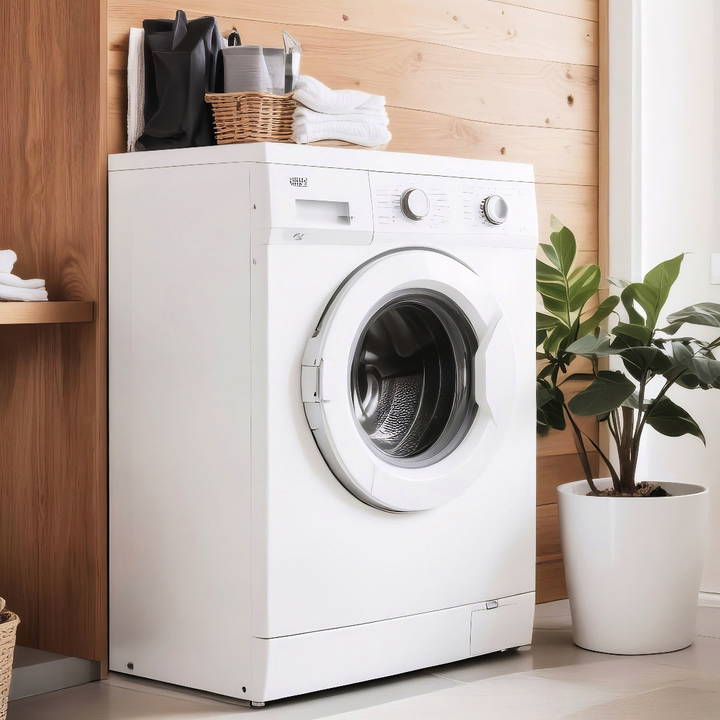
After following some simple steps to clean my washing machine, I was amazed by the results. The machine looked almost new, and my clothes started to smell fresh again. I realized that cleaning a washing machine is easier than I thought. Regular maintenance not only improves performance but also extends the machine's lifespan.
Now, I make sure to clean it regularly, and it has made laundry day much more pleasant. Sharing my experience, I hope others will see the benefits of cleaning a washing machine regularly.
Materials Needed and Why
Before diving into the cleaning process, let's talk about the materials you'll need:
- Baking Soda: Acts as a mild abrasive that scrubs the inside of the washer clean and helps eliminate odors.
- White Vinegar: Its acidic nature dissolves any soap scum and mineral deposits from the wash drum and hoses. It also has natural disinfecting properties.
- Essential Oils (optional): I used lavender for its pleasant scent and antibacterial properties. You can also use tea tree oil.
- Measuring Cup: To ensure we're using the right amounts of vinegar and baking soda.
- Spray Bottle: For a homemade cleaning solution for regular maintenance.
- Microfiber Cloth: For wiping down surfaces without leaving lint behind.
- An Old Toothbrush: Perfect for scrubbing small, hard-to-reach areas.
Now that we've got our materials, let's get to cleaning!
Step by Step Instructions
Learn how to clean a washing machine step-by-step with baking soda, vinegar wash, and essential maintenance tips for deep cleaning.
Step 1: Deep Clean with Baking Soda
- Pour 2 cups of pure baking soda directly into your washing machine drum. Baking soda is great for breaking down any gunk or softening water deposits.
- Run a long, hot water cycle. Choose the highest temperature setting available to maximize cleaning power.
Step 2: Vinegar Wash
- Measure and pour 2 cups of white vinegar into the drum. Add 10 drops of your chosen essential oil directly into the vinegar for a nice fragrance. The vinegar will tackle any odors and the essential oil adds a subtle scent.
- Run another long, hot water cycle. Just like the baking soda, this step ensures any residue the baking soda didn't catch gets eliminated.
Maintenance Tips
For maintenance, there's a simple yet effective routine I follow to keep things fresh in between deep cleans.
- Homemade Cleaning Solution: Mix equal parts of dish soap and white vinegar in a spray bottle. Add 10 drops of essential oil. Shake well.
- Post-Wash Wipe Down: After every load, spray some of the cleaning solution onto the machine's door and rubber gaskets. Wipe down with a microfiber cloth. This step helps prevent mold and mildew build-up.
- Leave the Door Open: Always leave the washing machine door and the detergent drawer open after use to air dry. It helps prevent moisture build-up and keeps your machine smelling fresh.
Dealing with the Filter
Lastly, don't forget about the lint filter (if your machine has one).
- Locate and remove the filter, typically found at the bottom front of front-loading machines. You might need a towel as water will likely spill out.
- Clean the filter with the homemade solution or just rinse it under hot water. Check for any debris or lint and remove it.
- Return the filter to its slot, making sure it's properly secured.
Troubleshooting Common Problems
When your washing machine isn't working as it should, it can be frustrating. Here's a straightforward guide to help you identify and fix some common issues:
Mold and Mildew:
If you notice a musty smell or see black spots, your machine might have mold or mildew. To tackle this:
- Run a hot wash cycle with two cups of white vinegar in the detergent drawer.
- Wipe down the drum, door, and gasket with a mixture of half water and half vinegar.
- Leave the door open after each wash to let the machine dry out and prevent mold growth.
Drainage Issues:
Is water not draining properly? Here's what to do:
- Check the drain hose for kinks or blockages. Straighten it out or gently remove any obstructions.
- Clean the filter (usually located at the front bottom of the machine) by removing it and rinsing under running water.
Machine Won't Spin:
If the drum isn't spinning:
- Redistribute the load evenly. An unbalanced load can cause the machine to halt.
- Check for small items that may have slipped between the drum and the tub and remove them.
Professional Help:
Sometimes, the problem might be beyond a simple DIY fix. If you've tried these steps and your machine still isn't working, it might be time to call a professional. They can handle more complex issues like electrical faults or mechanical failures.
Regular maintenance can prevent most problems. Clean your washing machine and heed any signs it may need care.
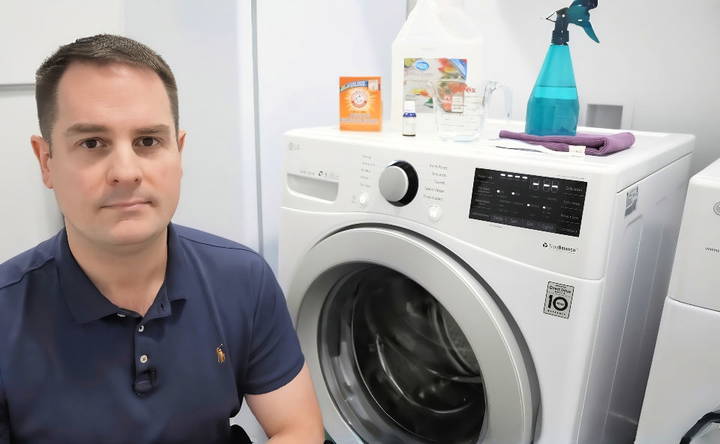
Preventive Maintenance Tips
Keeping your washing machine in top condition doesn't have to be a chore. Here are some simple, effective tips to help you maintain your machine and prevent issues before they arise:
Daily Habits:
- Remove clothes promptly after the cycle ends to prevent odors.
- Wipe down the drum, door, and gasket with a dry cloth to remove moisture.
- Leave the door ajar to air out the interior and prevent mold.
Weekly Upkeep:
- Run a quick, empty wash with hot water and a cup of vinegar to disinfect.
- Inspect the rubber seals for any trapped debris and clean them out.
- Check the detergent drawer for residue and rinse it out.
Right Detergent Usage:
- Use the correct detergent for your machine type—high-efficiency (HE) detergent for HE machines.
- Measure carefully to avoid over-sudsing, which can leave residue and promote mold growth.
Water Temperature Settings:
- Use warm water for most loads, which cleans effectively without causing damage.
- Opt for hot water for heavily soiled items or to sanitize garments.
Maintain your washing machine for fresh clothes and a long life. Simple, regular care ensures efficiency and durability.
FAQs About How to Clean Your Washing Machine
Discover essential FAQs about how to clean your washing machine efficiently. Learn tips for maintenance and keeping your appliance in top condition.
It's recommended to clean your washing machine once a month to prevent buildup of mold, limescale, and soap scum. If you use it more frequently, consider cleaning it more often to maintain optimal performance.
Yes, home remedies like baking soda and vinegar can be effective. For example, run a hot cycle with a box of baking soda followed by another hot cycle with two cups of vinegar. Then, wipe the interior with a vinegar-soaked cloth.
Remove the detergent drawer and soak it in hot water with vinegar and baking soda. Wipe the door seals with a damp cloth to remove any residue. If your machine has a rubber gasket, clean it carefully to prevent damage.
Avoid using vinegar if your machine has rubber components, as it can cause them to deteriorate over time. Also, never mix bleach with other cleaning agents, as this can create harmful fumes.
To prevent odors and buildup, always remove wet clothes promptly after a cycle. Leave the door and detergent drawer slightly open to allow air circulation and prevent mold growth. Clean the lint filter regularly, and consider using a washing machine cleaner tablet every month to maintain cleanliness and efficiency. Additionally, avoid overloading the machine and use the correct amount of detergent to reduce residue.
Conclusion
Cleaning my washing machine was one of the best decisions I've made for my home. With just a little effort, you can improve your laundry results and extend the life of your machine. You'll be glad you did!



